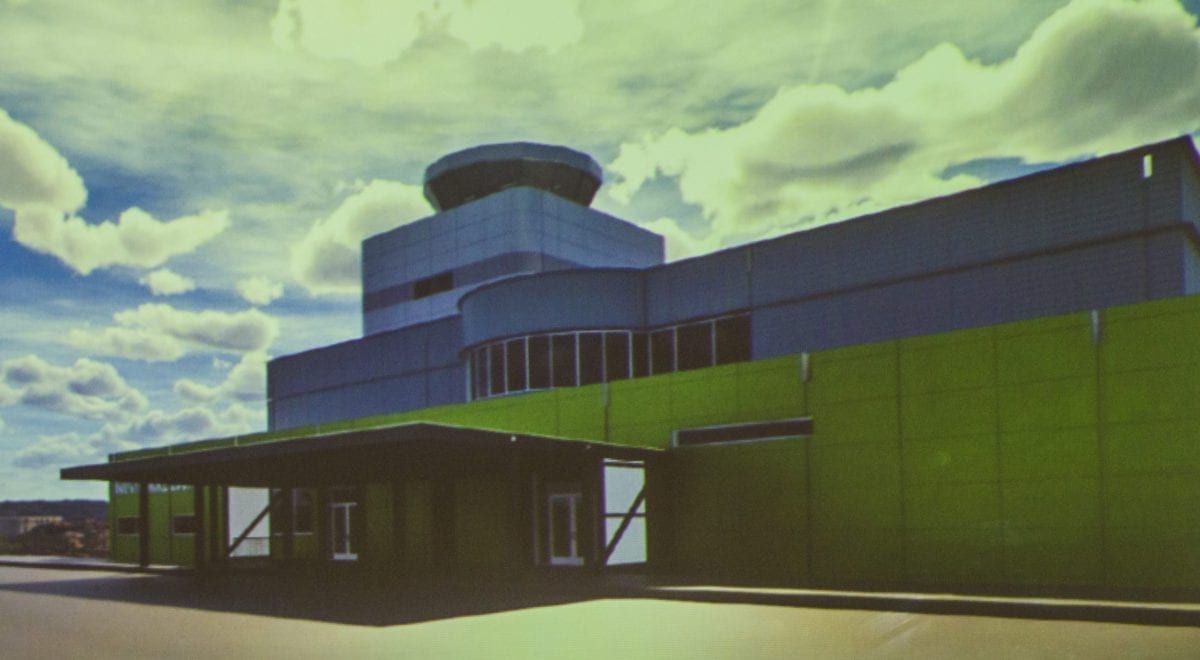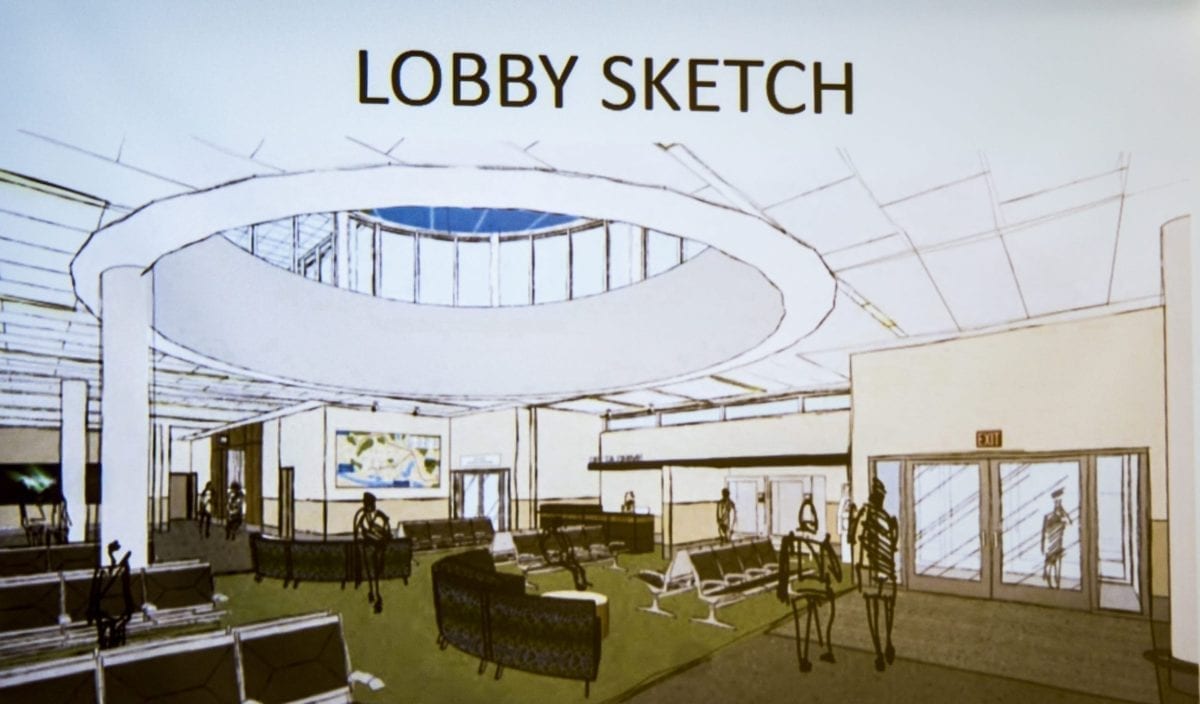While a number of infrastructure projects have been delayed because of Covid-19 complications, the GNWT says work on Mike Zubko Airport is proceeding as normal.
Contracts have been issued for three projects — extending a runway from 6,000 to 9,000 feet, rehabilitating the airfield and its drainage system, and construction of a new air terminal, totaling $4,141,901.78 to complete the initial design and engineering work.

"There's been no delays from Covid-19," said communications officer Greg Hanna. "Timelines have been shifting over the years, like with any project as we've awaited funding."
Design work on rehabilitating the airfield and drainage system is underway and expected to be completed in the fall, with construction scheduled to be wrapped up by October 2022. The work entails widening runway safety areas and the taxiway embankments to protect the permafrost below. Also on the agenda is upgrades to the drainage system to reflect the faster and larger spring melts and other potential challenges presented by climate change. Associated Engineering (BC) Ltd. was awarded the $887,442.48 contract.
Still going through the design phase, the new Air Terminal is planned to be finished construction by the end of 2024. This terminal will have a larger public space and be set up to handle larger passenger loads both incoming and outgoing. The utility building will be separate from the terminal and administration space will be moved to the second floor to allow for more open floor space. Stantec Architecture Ltd is designing the terminal at a cost of $2,524,918.00 to the GNWT.
To allow larger planes to bring enough passengers to fill that space, a longer runway is needed. The third arm of the project is extending the runway from the current by 3,000 feet, which should allow nearly any size airplane to land at the airport. Currently, $729,541.30 has been awarded to Associated Engineering to complete the design, but a spokesperson for the Canadian Forces said the department of defence was spending up to $150 million for the improvements.
"Owned by the GNWT, Inuvik’s Mike Zubko Airport hosts civilian aircraft and acts as a Forward Operating Location for the Royal Canadian Air Force (RCAF) and NORAD forces," said media relations officer Andrée-Anne Poulin. "As part of its role as a Forward Operating Location, the airport’s 6,000-foot runway is primarily used for CF-18 operations supporting Canadian sovereignty in the North and NORAD obligations. The project will see the existing runway extended by 3000-feet, while modernizing its lighting, navigational systems, and military aircraft arrestor system.

Photo courtesy GNWT.
"The extended runway and modern systems will expand the operational capabilities of the airport, allowing for the seamless use of the runway by both military and civilian aircraft, while supporting a wider variety of military aircraft for RCAF and NORAD operations regardless of cargo payloads, weight and size."
Capt. Cameron Hillier of NORAD said the expanded runway would be of great assistance to the military organization when it engages in patrols off the Arctic coast.
"The extended runway and modern systems will expand the operational capabilities of the airport while supporting a wider variety of military aircraft for NORAD to deter, detect and, if necessary, defeat future threats to North America along our northern approaches.
"NORAD constantly seeks capabilities -- in collaboration with allies, partners and all stakeholders in the Arctic region -- to support infrastructure and sustainable presences to ensure we have the right forces and facilities where we need them."